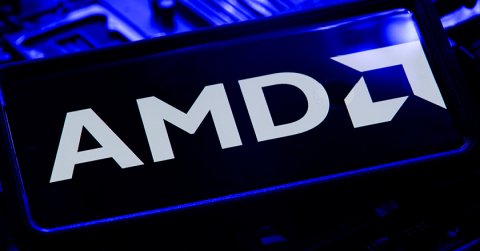
The US Department of Energy (DoE) has entered a partnership with AMD on a $1 billion initiative to build two advanced supercomputers.
These devices will be designed to address large-scale scientific challenges in relation to security and nuclear power. The goal of the partnership is to ensure the US has the computational capacity to run increasingly complex experiments and accelerate scientific discoveries in critical fields.
The two supercomputers will help power advances across a range of areas including medicine, energy, security and manufacturing.
In an interview with Reuters energy secretary Chris Wright noted the systems would “supercharge” advances in nuclear power and fusion energy, helping scientists simulate and potentially harness fusion within the next few years.
By simulating molecular-level drug responses, the machines aim to accelerate the development of treatments, with the goal of turning many cancers into manageable conditions within five to eight years, he noted.
The partnership is developing two supercomputers known as Lux and Discovery. Lux, which is expected to launch within six months, is using AMD’s MI355X AI chips, CPUs and networking chips.
Reuters noted the Lux system is co-developed by AMD, Hewlett Packard Enterprise, Oracle Cloud Infrastructure and Oak Ridge National Laboratory (ORNL).
The Discovery supercomputer will be powered by the MI430 series, blending traditional supercomputing with advanced AI capabilities. Reuters stated it will be designed by ORNL, HPE and AMD. It is expected to be delivered in 2028 with operations starting a year later.
DoE will host the computers, while industry partners provide hardware and capital. Both sides will share access to the computing power. The partnership is a blueprint for future collaborations between government and private industry in supercomputing.
Source: Mobile World Live
Image Credit: AMD





